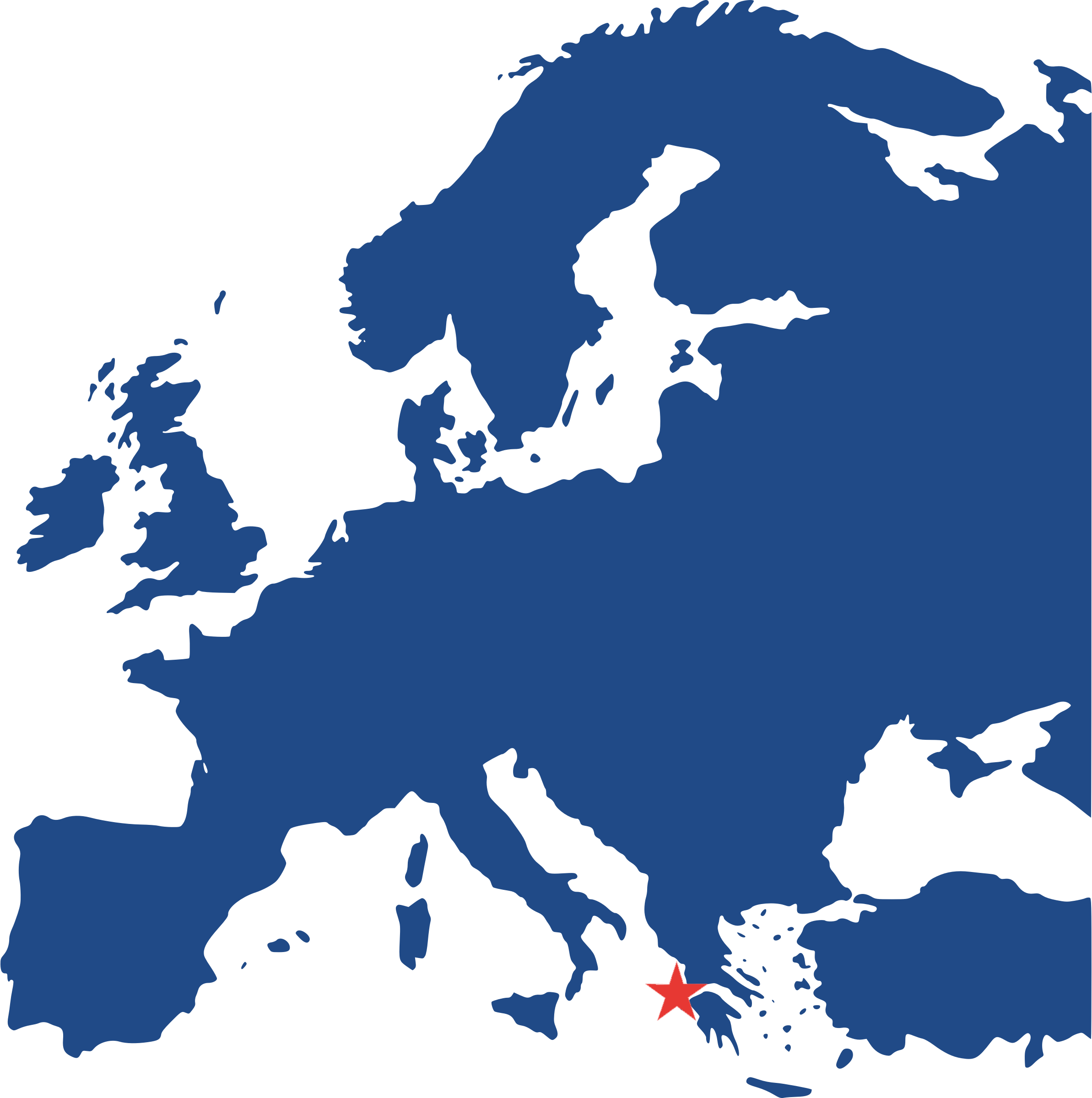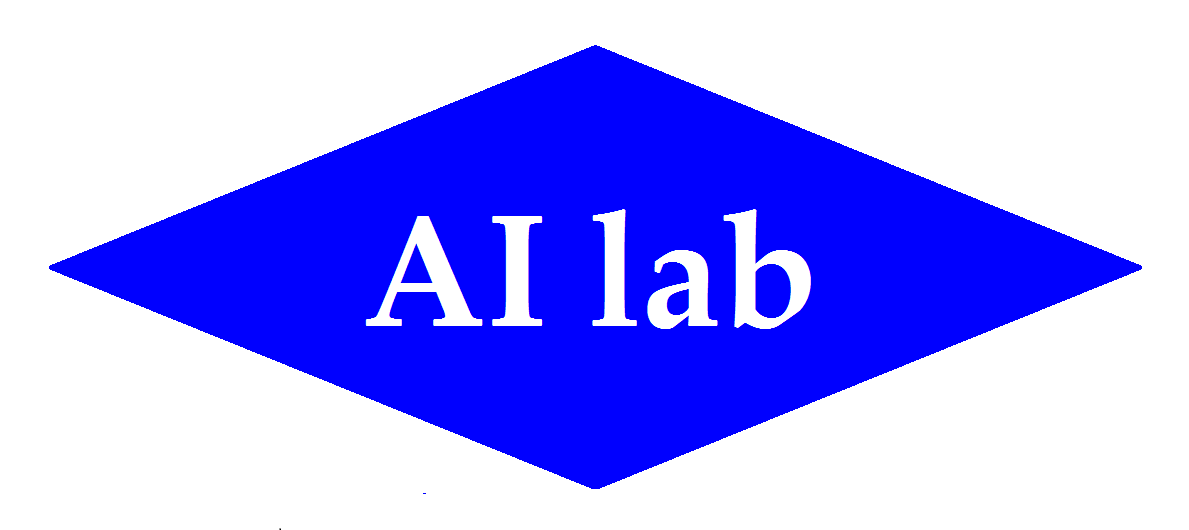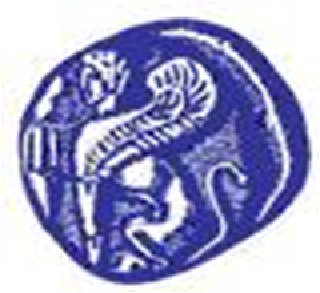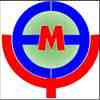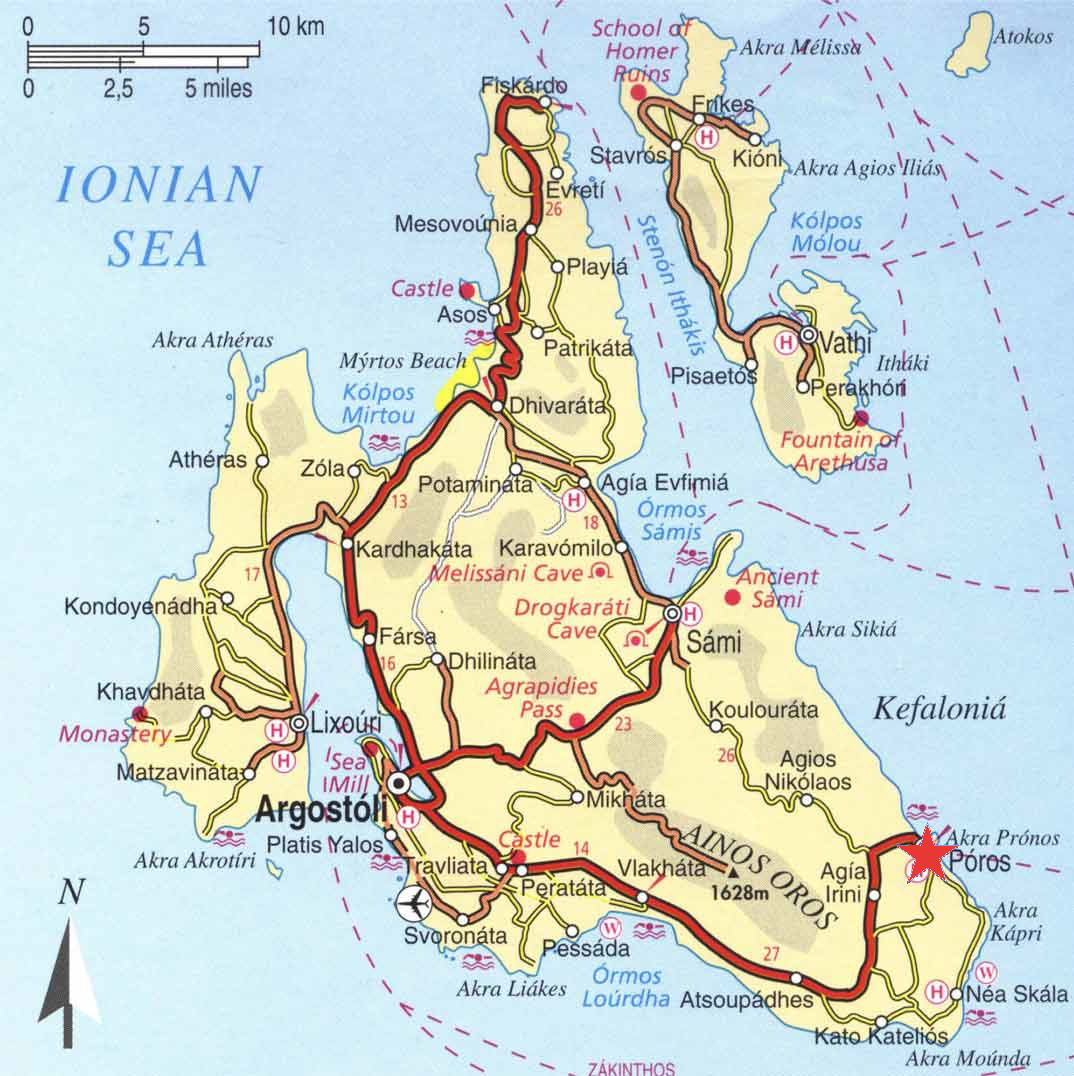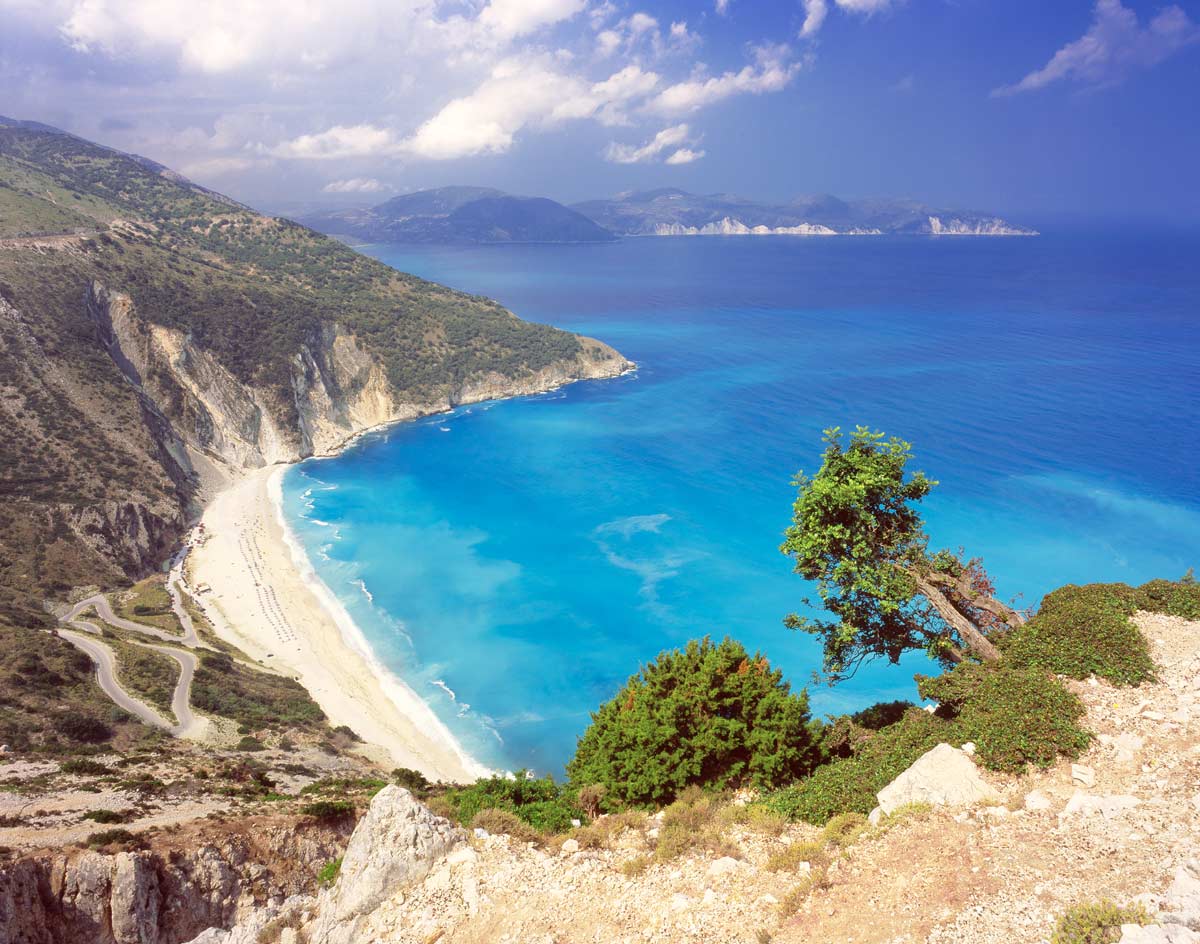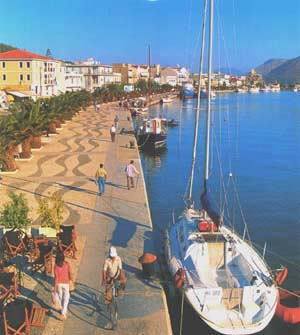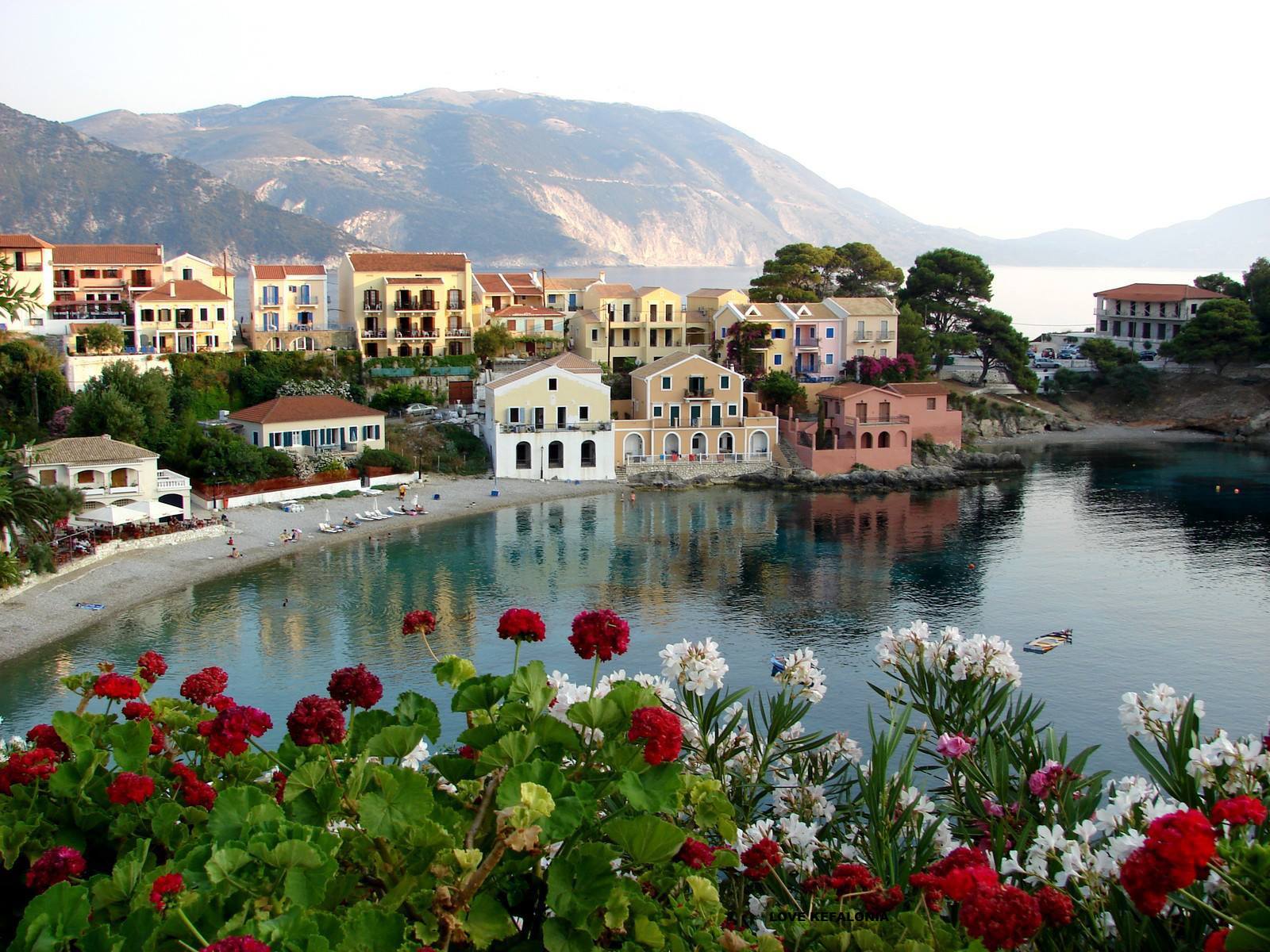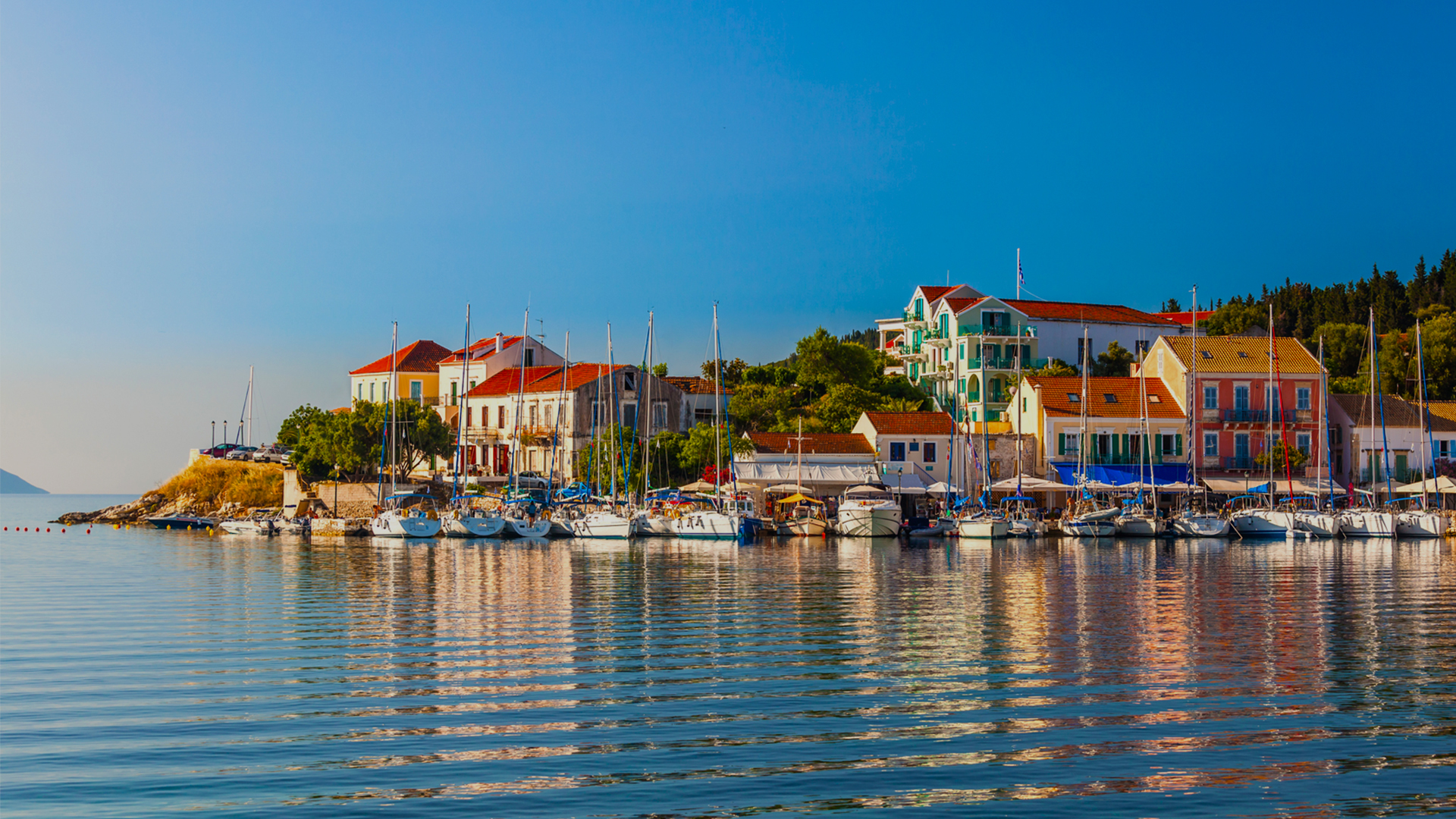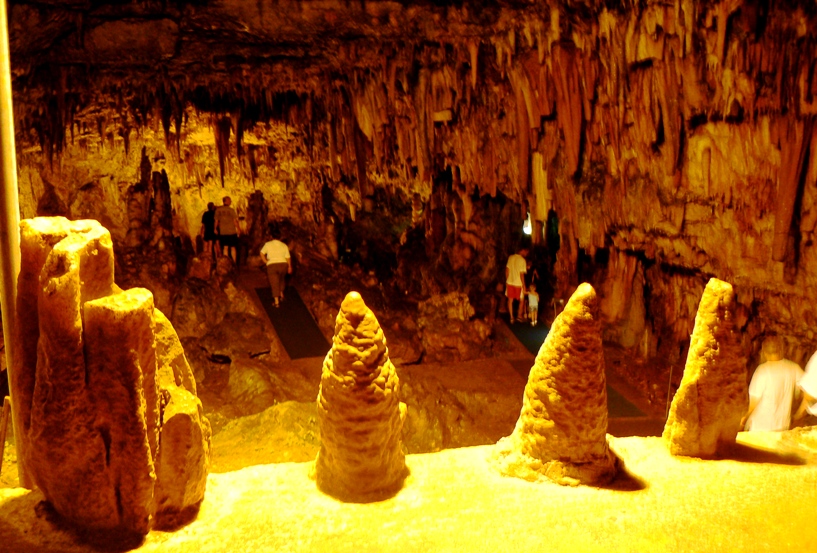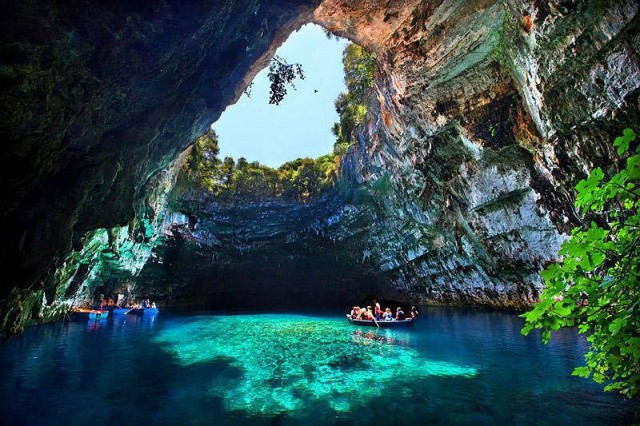|
The magnificent sights, amazing beaches, rich cultural heritage, great monuments, mountains, castles, remote monasteries and cheerful, hospitable people are the treasures making Kefalonia one of the most attractive destinations. It is the biggest island of the Ionian Sea, at the outlet of Patraikos Bay, between Zante and Lefkada. It stretches over an area of 904 km2 with a coastline length of 250 km.
The island has a splendid natural beauty and a diversified geological structure, with innumerable small bays and rich vegetation; the mountain Aenos (National Park, since 1962, supporting rich flora and fauna) looks impressive from far away. During the Byzantine period Kefalonia formed part of the province of Achaia and the prefecture of East Illyria. It was conquered, by the Normans, the Franks, the Venetians and the Turks. It joined the rest of Greece along with the other Ionian Islands, on May 21st, 1864. The inhabitants’ resistance against the Italians and the Germans during World War II was considerable. The island of Kefalonia has escaped mass tourism and recently was used to film Captain Corelli's Mandolin, set in war-time Kefalonia. The film, with Nikolas Cage, was a huge success and it put Kefalonia firmly on the 'must visit' list of destinations. Kefalonia has one airport, Kefalonia Island International Airport, with a runway around 2.4 km (1.5 mi) in length, located about 10 km (6 mi) south of Argostoli. In summer, the airport handles a number of charter flights from all over Europe. There are five harbors and ports in the prefecture: four main harbors on the island: Same or Sami, a major port with links to Patras and Ithaca. Poros, in the south, has ferry routes to Kyllini. Argostoli, in the west, is the largest port, for local boats and ferries to Zante and regularly to Lixouri. Fiscardo, in the north, has links to Lefkas and Ithaca. The summer school takes place in Poros. Poros is effectively divided into three parts: Poros port, with its couple of tavernas and bars, connects the island with Kyllini on the Peloponnese area of mainland Greece via regular year-round ferry service. During the summer months, a ferry may connect Poros with Zakynthos and a couple of tourist caiques offer cruises to Ithaca and the Blue Caves of Zakynthos. The harbour is also home to the local fishing boats which supply the area with fresh fish. Separated from Poros port by a small hillock, lies the shingle town beach, backed by a taverna-fringed square (plateia) and main services: bank, chemist (pharmacy), doctor’s surgery, post office, police station and local shops. More tavernas and bars lie along the award-winning 'Blue Flag' beach, Aragia, separated from the center of Poros by the Vohinas river which, although used as a car park in summer, can be a raging torrent in winter. The Vohinas, almost certainly, gave Poros its name. The word ‘poros’ in Greek means ‘ford’ or ‘crossing’ and where the Vohinas enters, the sea is the only natural crossing point, although two bridges now cross the river further upstream, where the Vohinas exits the impressive Poros gorge, an 80-metre deep rugged ravine which, until a road was cut through to Skala around 1996, was the only land route out of Poros. Local legend supports that the gorge was ‘cut’ by Heracles when he stood on, and flattened, this part of the mountain.
|
For tourist information, please contact Ainos Travel tel.: +30 (26710) 22.333 e-mail: This email address is being protected from spambots. You need JavaScript enabled to view it.
|
